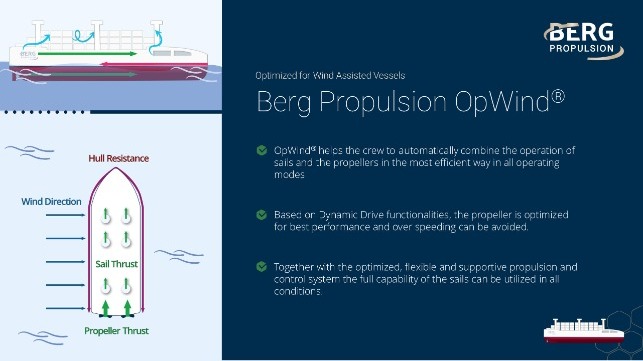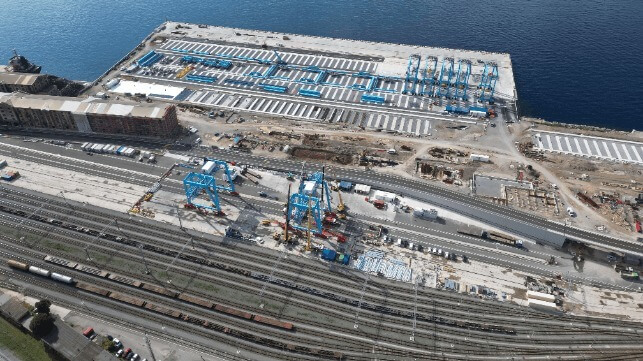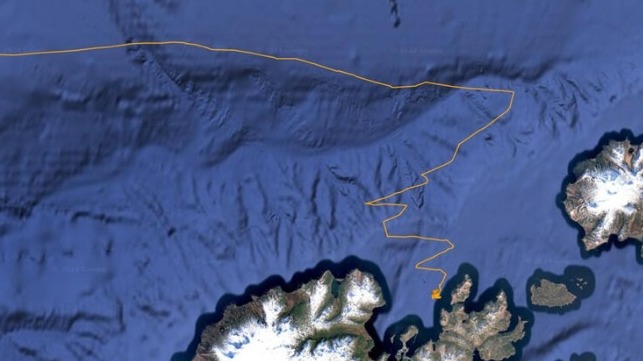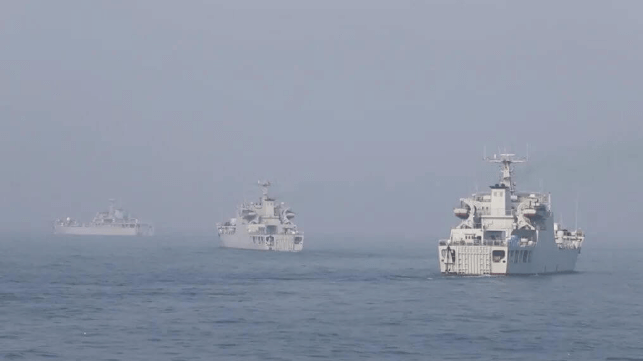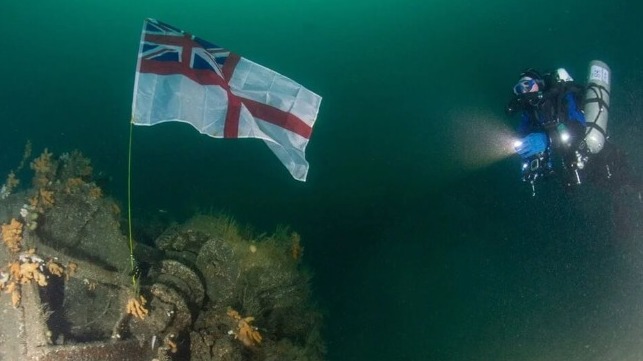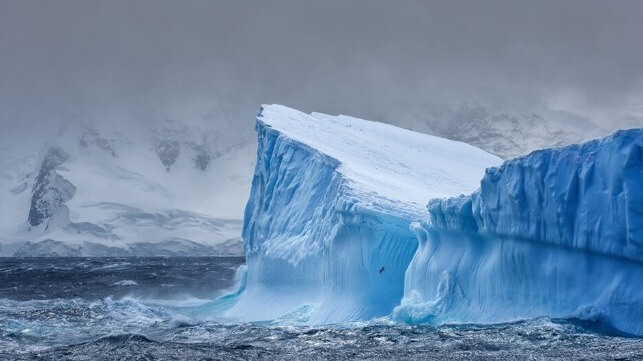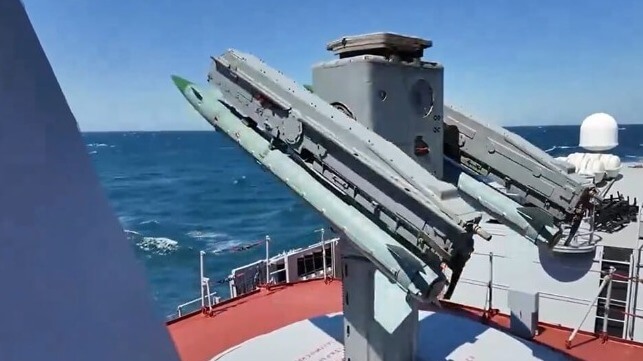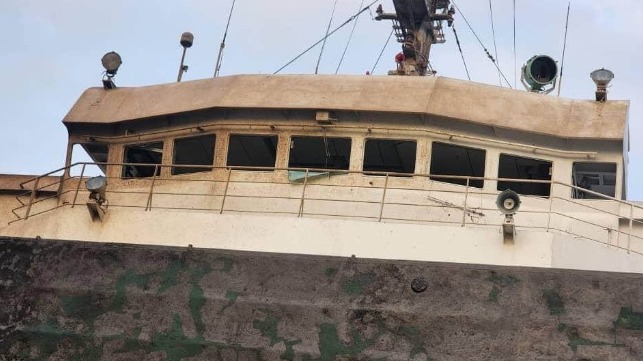Jones Act Tankers Resupply Tampa's Fuel Terminals After Hurricane Milton
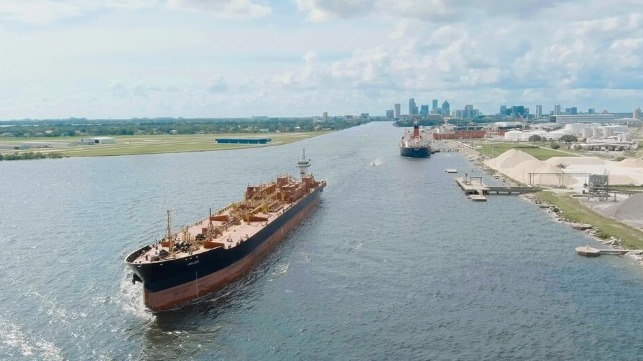
After a thorough assessment of Port of Tampa Bay's shipping channel, the U.S. Coast Guard has reopened the strategic seaport to marine traffic, subject to a daylight hour restriction and one-way travel. The reopening is essential to keep Florida supplied with fuel, as Tampa handles more than 40 percent of the state's in bound petroleum products. About three quarters of the Tampa region's gas stations have run dry, and about a third are out of fuel statewide.
Port Tampa Bay said in a statement that its petroleum terminals' fuel supply remains adequate for now, and that more tankers are on the way. Most of the tank farm terminals are already back online and distributing fuel via tank truck to resupply gas stations around the region.
Following Hurricane Milton, all of Tampa's seven private fuel terminals lost power, forcing them to wait before restarting distribution. On Friday, power was restored to all seven, and the operators began their startup safety tests. As of Saturday, a majority of the fuel terminal operators had begun filling up fuel trucks, and the port said that all of them would be fully online over the weekend.
Jones Act tanker companies have quickly stepped in to make sure that the terminals in Tampa (and the rest of the state) stay full. Overall, nearly 50 million gallons of fuel will be delivered to Tampa within the first three days, with more to follow quickly.
"At least 18 large domestic vessels are scheduled to arrive in the coming days. One American maritime operator alone has the capacity to deliver more than 100 million gallons of gasoline starting before the end of the week depending on access to the ports," said Jennifer Carpenter, President of the American Maritime Partnership.
OSG has seven vessels lined up to deliver almost immediately. On Saturday alone, Overseas Anacortes was on schedule to deliver 13 million gallons of petroleum products, and Overseas Nikiski was scheduled to deliver more than 12 million gallons. Overseas Tampa was scheduled to deliver another 13 million gallons on Sunday.
Now that the water-side and port-side parts of the fuel supply chain are restored, attention has turned to final-mile distribution. “We have right now 25 Florida Highway Patrol escorts to rush in the fuel tankers from the port, and so those are being brought in to fill out the stations,” Gov. Ron DeSantis said Sunday. The state has set up three free gasoline stations around the Tampa Bay area (with a 10 gallon per person limit) and is setting up more in the days ahead to speed up distribution.
